So What’s Happened?
Rather than performing direct cloning from ancient dire wolf DNA, scientists have used advanced gene-editing techniques on grey wolf cells. By incorporating genetic variants identified from two ancient dire wolf samples, the team at Colossal Biosciences modified 14 key genes to introduce 20 traits aimed at replicating the physical characteristics of the extinct dire wolf.
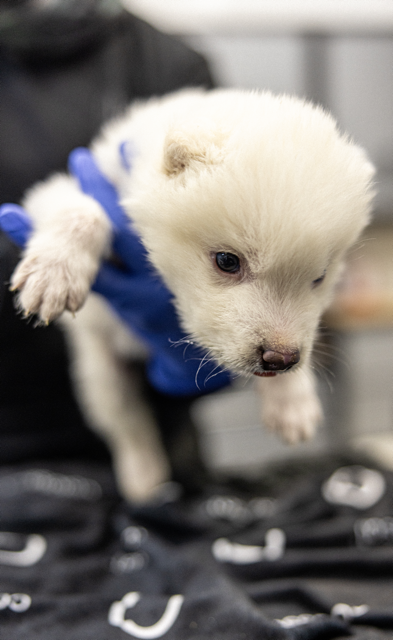
Notably, their process involved developing some incredible scientific advancements. For example, they used multiplex gene editing, using CRISPR to make several precise genetic modifications simultaneously. Making multiple edits at once reduced the stress and damage to the cells that would normally occur when making each edit individually. Additionally, instead of relying on invasive tissue samples to gather genetic material, they developed a technique to successfully harvest viable cells from blood samples. This less invasive approach reduces harm to the living animals - in this case the grey wolves - involved in the procedure.
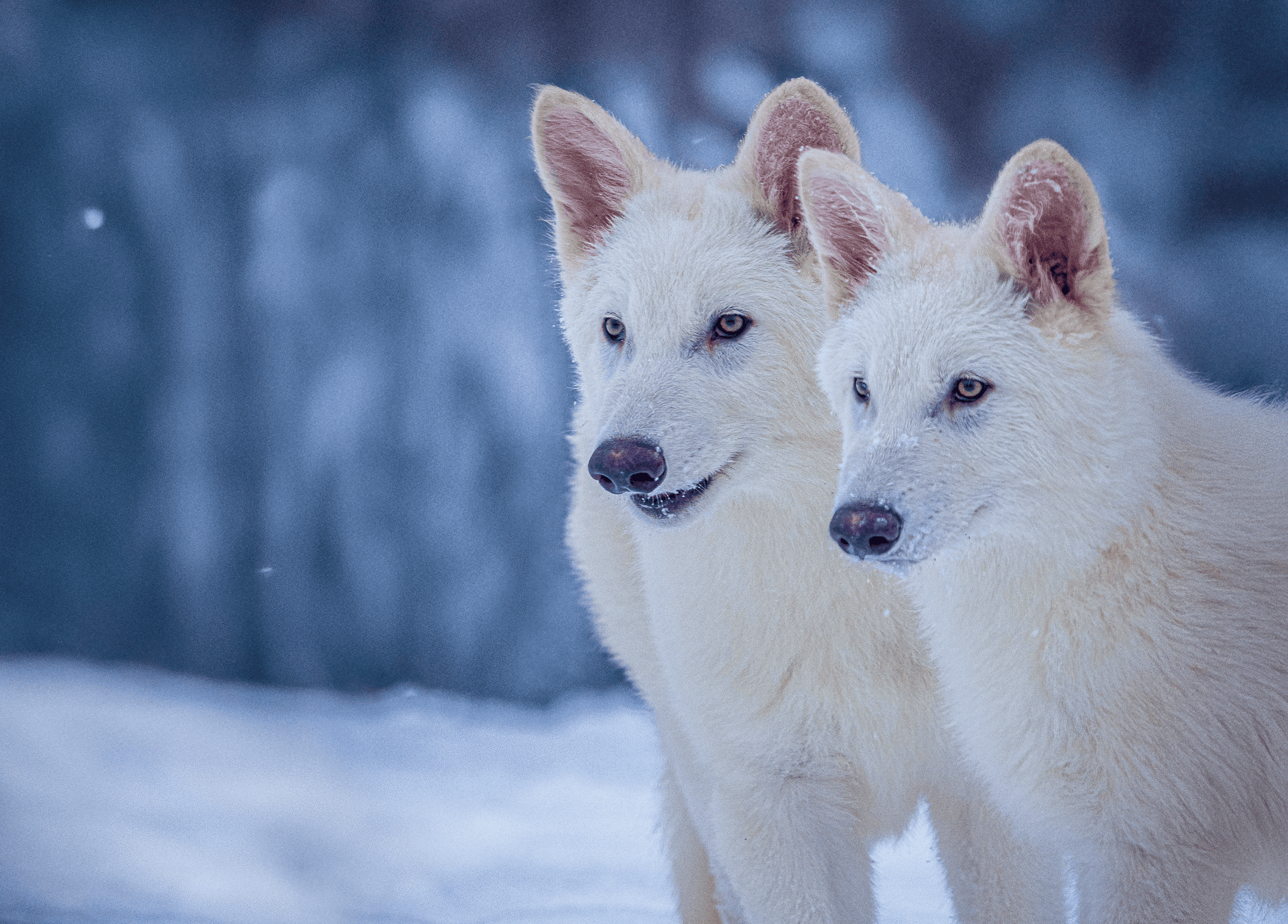
The resulting animals, two male wolf pups named Romulus and Remus (born in October 2024) and a female pup named Khaleesi (born in January 2025), are not pure replicas of the extinct Dire Wolf species but rather genetically edited grey wolves that bear some of the dire wolf’s distinguishing features.
The Limitations of Ancient DNA
As anyone who’s delved into genomic research knows, DNA degrades over time, and the fragments available from extinct species are often incomplete or mixed with contamination. This means scientists must piece together “best guesses” to reconstruct what once was. In the case of the dire wolf, while the gene edits target traits such as larger body size, a wider head, and a lighter coat colour, they cannot fully restore the original genome or guarantee all the ecological and behavioural traits of true dire wolves.
Ancient DNA and Public Curiosity
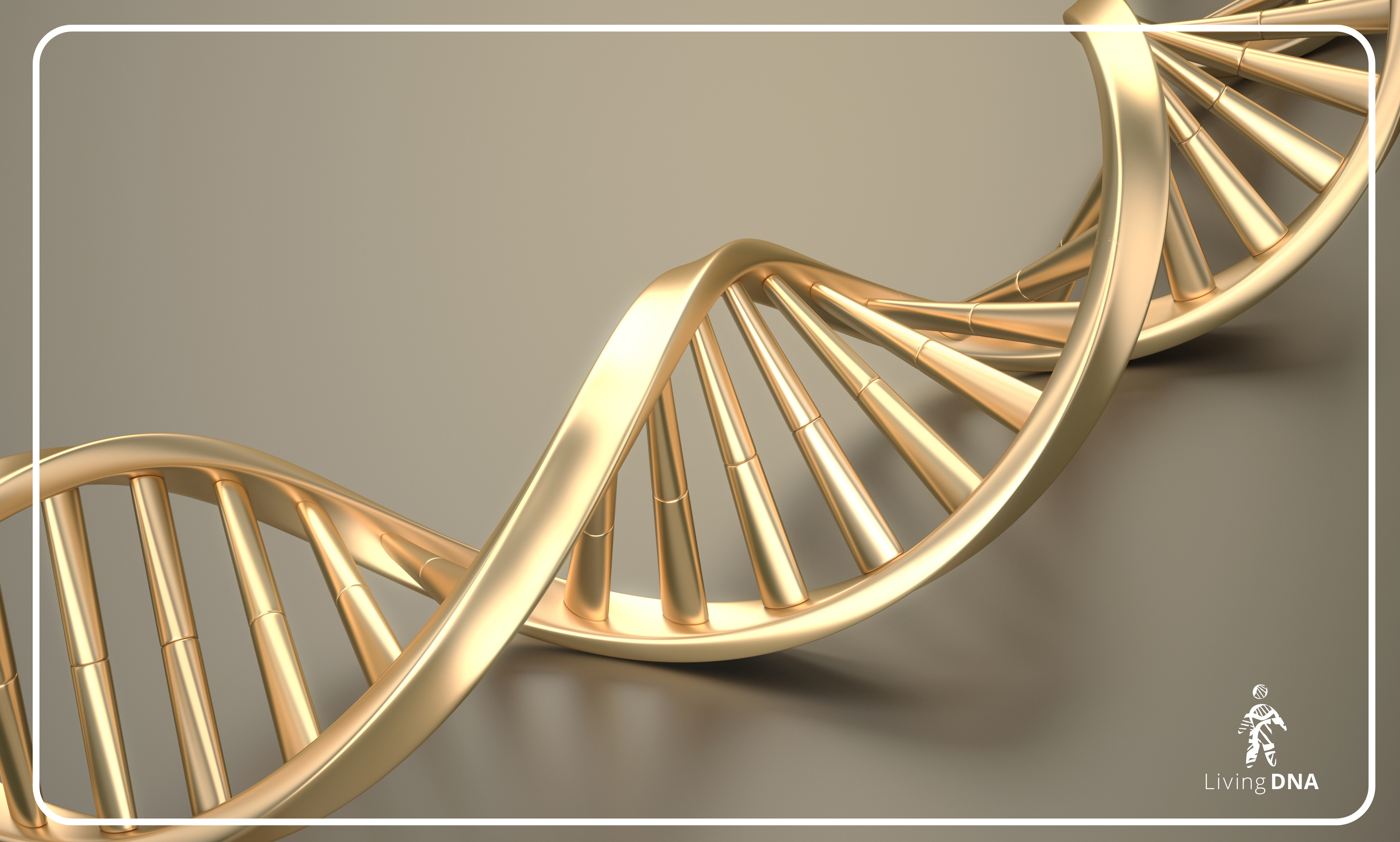
There’s no denying that the idea of de-extinction has captured the public imagination. From dodos to woolly mammoths, every new headline about reviving a lost species sparks widespread fascination. For many, the work being done by Colossal Biosciences taps into the deep and very human desire to reconnect with the past, but it’s vital to understand the limitations: consumer genetic tools and published ancient DNA data have their constraints, and even the most sophisticated gene-editing methods only enable us to create approximations. Genetically modified animals that serve as stand-ins, rather than fully accurate revivals of extinct species.
Expanding the Horizons: From Direwolves to Red Wolves and Woolly Mammoths
Colossal Biosciences isn’t stopping with their high-profile dire wolf project. The same genetic engineering technologies are being applied to other ongoing projects, both supporting endangered living species, and de-extincting other species that we as humans find irresistibly fascinating.
Revitalising North American Red Wolves

The North American Red Wolf is one of the most endangered species of dog on the planet. With populations suffering from an extreme genetic bottleneck, these wolves are at high risk of inbreeding and the loss of their adaptive traits. By harnessing the same techniques as used in the dire wolf project (such as multiplex gene editing and the collection of viable cells from blood samples) scientists are now working to introduce new and distinct genetic lines into the red wolf population. This “genetic rescue” strategy aims to broaden the gene pool, enhancing their genetic diversity and resilience. Advancements like these offer a real hope for the recovery of the red wolf, providing a model for how new genetic technologies can be applied to conserve other endangered species.
De-Extincting the Woolly Mammoth
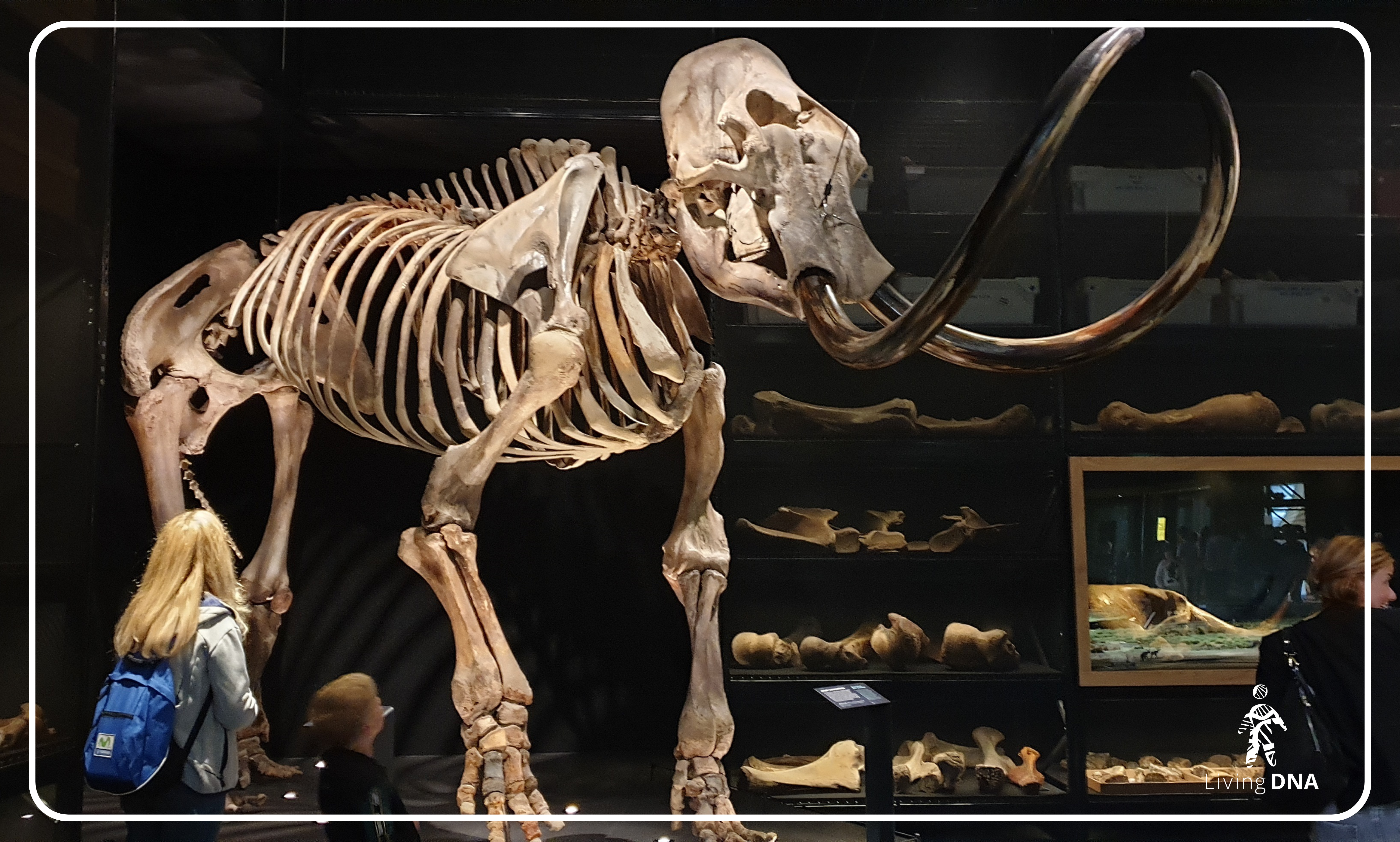
Colossal Biosciences is also forging ahead with one of de-extinction’s most ambitious projects: reviving the woolly mammoth. Rather than trying to clone a long-dead animal, the company is engineering a hybrid by transferring core mammoth traits into the genome of the Asian elephant, its closest living relative. Using advanced CRISPR-based methods, scientists identify the key genes responsible for traits such as a thick shaggy coat, smaller ears, increased fat deposits, and cold-adapted blood characteristics. The aim is to produce a “cold-resistant elephant” that looks and behaves similarly to a woolly mammoth and could be reintroduced into Arctic tundra habitats to help restore lost ecosystems and combat climate change. While the target is to see mammoth hybrids by around 2028, many scientists emphasise that, just like the Dire Wolves, these hybrids are not perfect replicas of the extinct creatures. Instead, they represent a blend designed to fulfill key ecological roles.
Ethical Considerations
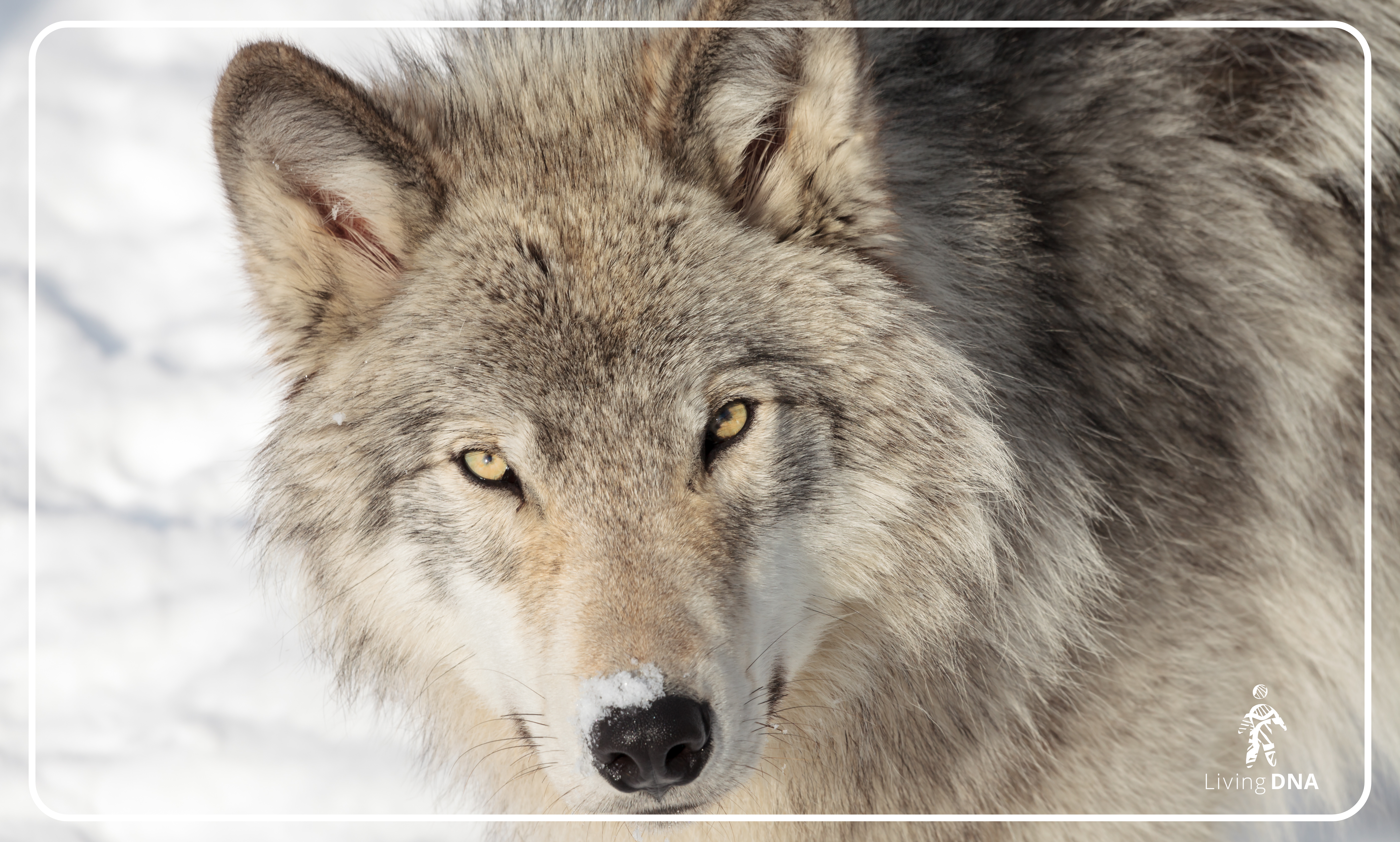
The idea of engineering extinct or near-extinct species raises a host of ethical questions. What responsibility do we have to the animals that we create? Can we really “bring back” a species when much of its ancient biology - including its learned behaviours and natural ecological relationships - is lost? There are concerns not only about animal welfare (the engineered dire wolves, for instance, are raised in carefully controlled preserves with round-the-clock care) but also about how these new or revived species will fit into modern ecosystems. Will they be confined to enclosures or actually reintroduced to the wild? There is also the broader worry that the allure of de-extinction might divert attention and resources from efforts to protect species that are still with us.
Looking to the Past, Thinking About the Future
Even with all the challenges and ethical debates, there is no denying that our ability to manipulate genetic code is advancing at an unprecedented rate. For anyone enchanted by the idea of encountering an Ice Age predator or a woolly mammoth roaming a rewilded Arctic, these projects capture the imagination.
If ethical and ecological hurdles weren’t concerns, which extinct or endangered animal would you choose to see return?
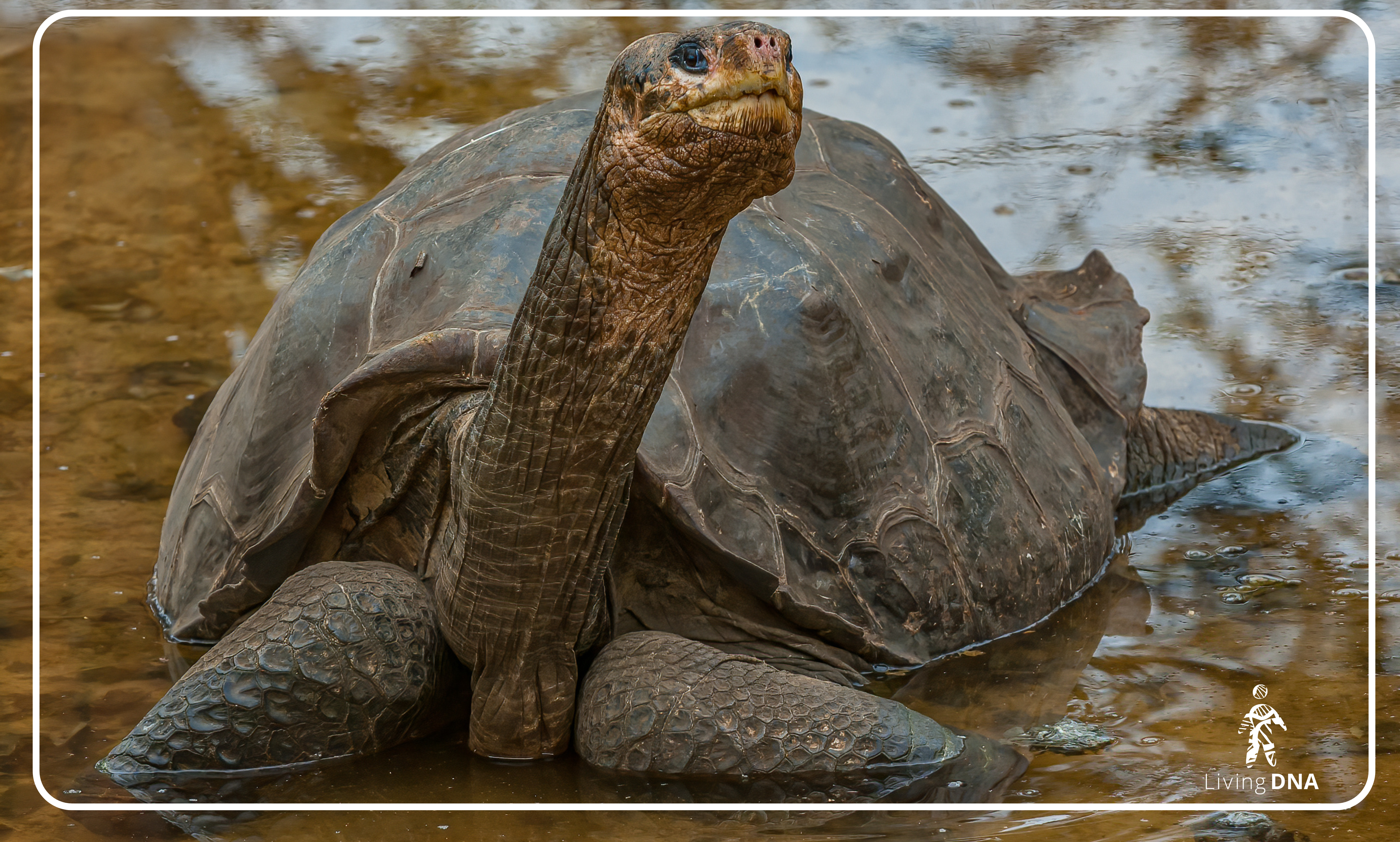
While true de-extinction remains somewhat elusive, these projects encourage us to think about conservation in innovative ways. They remind us that genetic science has the power not only to connect us with our past but also to inspire new approaches to preserve our planet’s biodiversity for the future.
